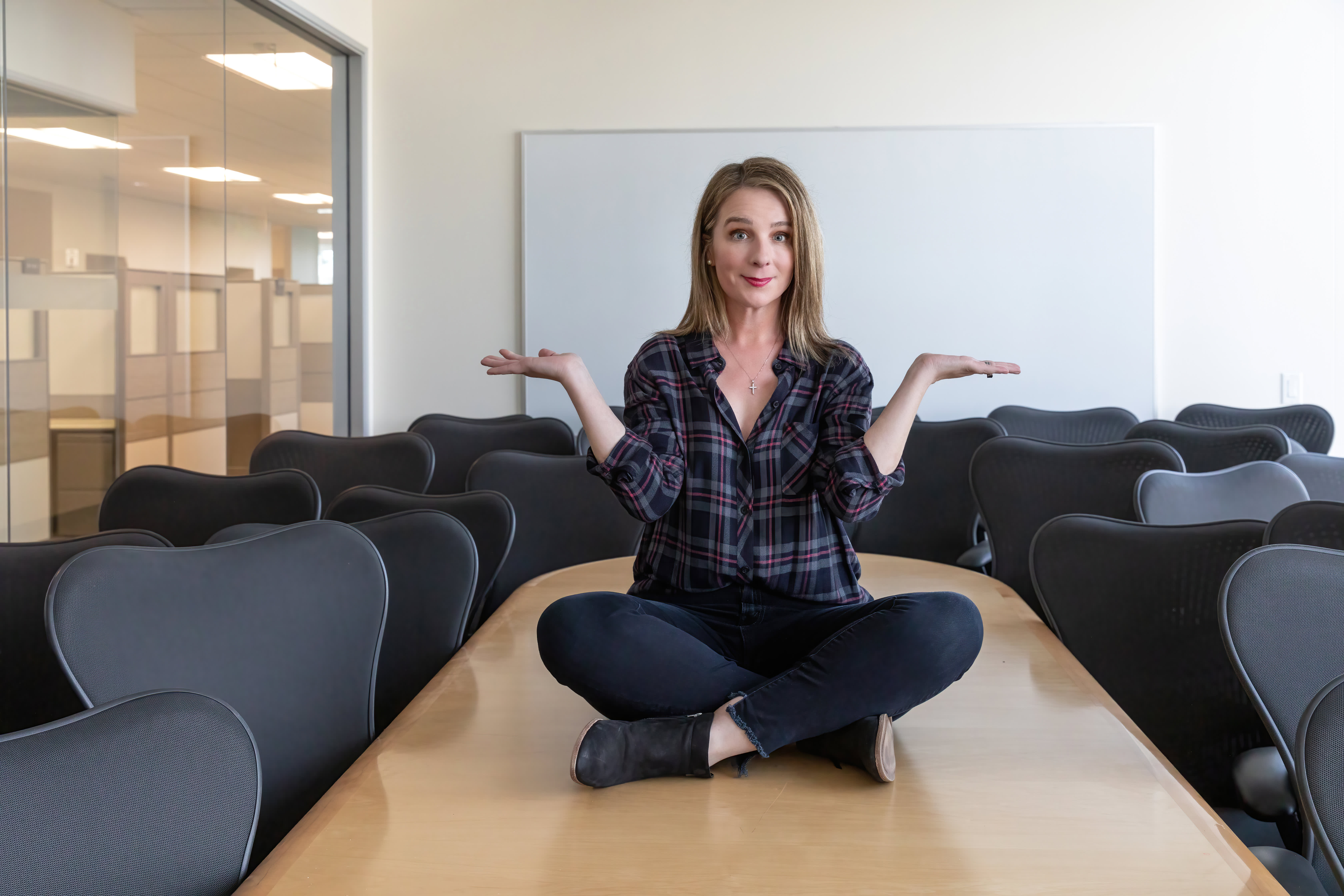Three years of a pandemic has heavily impacted New York City, and in many aspects, the city is still not fully back to normal.
Crowds have returned, particularly at holiday hot spots, but some office buildings remain sitting empty. But now there's a plan to fill those empty spots — not with offices, but with living spaces.
Gov. Kathy Hochul, while sharing a lower Manhattan stage with Mayor Eric Adams on Wednesday, acknowledged the post-COVID recovery has leveled off.
Get top local stories in Connecticut delivered to you every morning. >Sign up for NBC Connecticut's News Headlines newsletter.
"We are truly not living in the same New York as March 2020," Hochul said. "We seem to have plateaued. Think about daily office occupancy, vacancy rates, subway ridership, foot traffic in midtown."
Subway ridership is only at 62 percent of pre-pandemic levels, and just 40-50 percent of New Yorkers who used to go into their Manhattan offices still come in everyday.
The solution? A proposed one springs from a 160-page report released Wednesday called Making New York Work For Everyone.
"How can we make those be neighborhoods where people want to come back to," said former Deputy Mayor Richard Buery.
Buery and another former deputy mayor, Dan Doctoroff, wrote the report which calls for turning empty offices into housing, faster commutes through better transit, and a more honest look at future work patterns. That includes work from home continuing, with pros...and cons.
"We are going to have to have a real conversation about how that impacts mom-and-pop businesses with loss of foot traffic," Adams said.
As for the report's top goal, of making offices into apartments instead, Doctoroff was asked if that was plausible — or even possible.
"Yeah, it is. It depends on the size of the building. Smaller buildings possible," Doctoroff said.
Housing advocates say Adams and Hochul will have to walk the walk to get the job done. But the new blueprint does have one recent example to build on: Lower Manhattan tripled its population after 9/11, in part because the city and state changed zoning laws.




